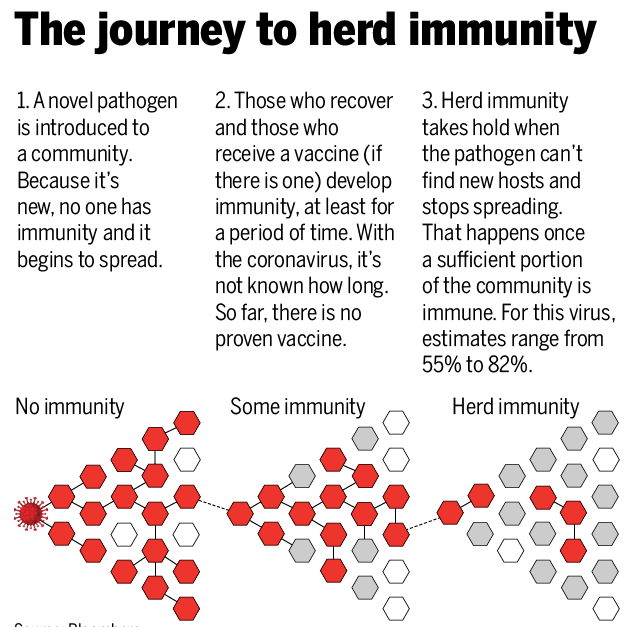7667766266
enquiry@shankarias.in
What is the issue?
What is a serological survey?
What is the purpose in Covid-19 case?
What were the results?
What is the need for caution?
What then is herd immunity?

What is the challenge here though?
Source: The Indian Express